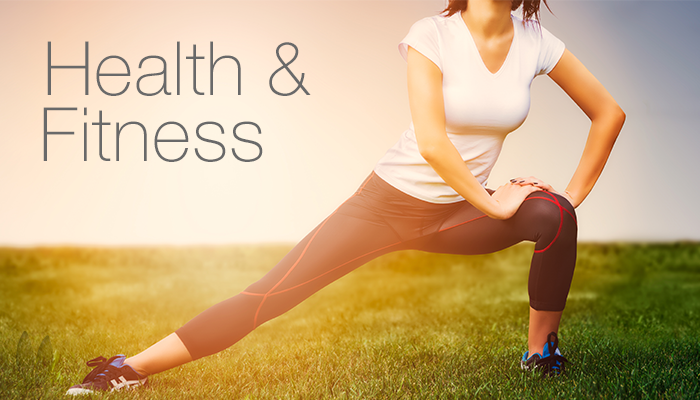Written by John Kirk
Working on your flexibility will help improve your swim strokes, but do you know exactly how to work on it?
This is an interesting topic because all coaches and instructors just don’t agree.
The A Camp says that swears by pre-workout stretching – noting its impact on the frequency of injuries.
The B Camp says that this stretching has no impact whatsoever.
As with most topics that draw polar opposite opinions, the truth lies somewhere in the middle. The positive impact totally depends on when stretching is done and what type of stretching it is.
Pre-exercise static stretching actually has been shown to have a negative impact on the strength and power production a swimmer can produce. This means that the quick hamstring stretch done just before climbing onto the blocks could actually make the swimmer slower off the start.
For clarity – static stretching is stretching where you hold a muscle group in an elongated position for at least 30-40 seconds at a time.
Dynamic stretching is more effective because this action has a stimulating effect on the central nervous system. When you’re doing drills like leg swings, spidermans and shoulder circles, the swimmer is actually improving the joint’s range of motion in a way that fires the nervous system up for action.
For clarity – dynamic stretching is active stretching that progressively increase the range of motion around the joints used in the action.
Don’t discount static stretching. After tough practices and throughout the day, doing a few long static stretches is a great tension reliever. It also helps to restore muscles to their resting lengths.
This is important because short-term reductions in range of motion can happen after intensive participation and can last for up to 3 days or so (according to the European Journal of Applied Physiology). So if a swimmer leaves the static stretching out, the range reduction can accrue and seriously restrict movement. This can be where the breakdown that causes some injuries begins.
Engaging in dynamic stretching exercises before practices and then, before bed, integrate some static stretches for the major muscle groups – such as neck, pecs, lats, triceps, abdominals, quads, hip flexors and calves – used that day.
This is a good mix of stretches that have different but equally important uses. Even at a young age, developing BOTH of them as good swimmer habits, makes a positive mark on swim development.
Source: USASwimming.org
Little Otter Swim Schools’ expertise and passion for teaching swimming to children makes the two locations of the schools the perfect place for children to learn to swim. www.littleotterswim.com






